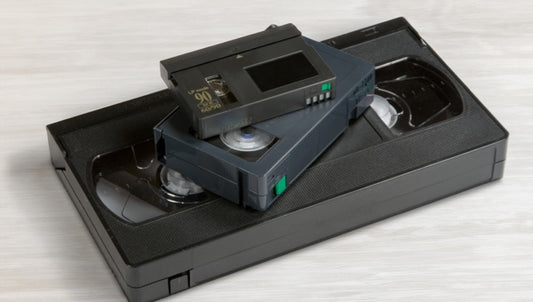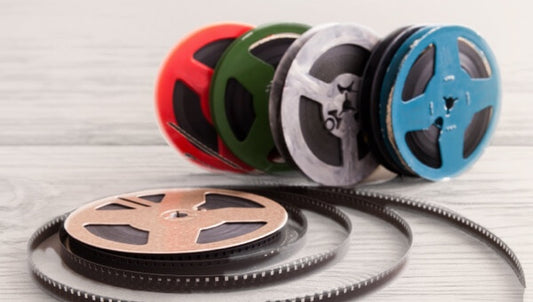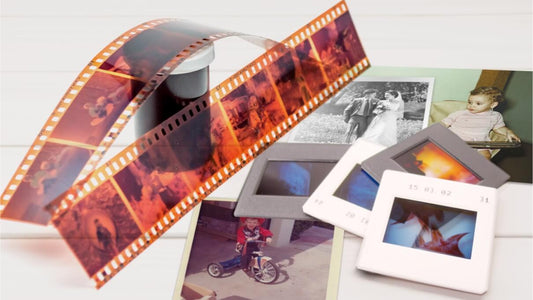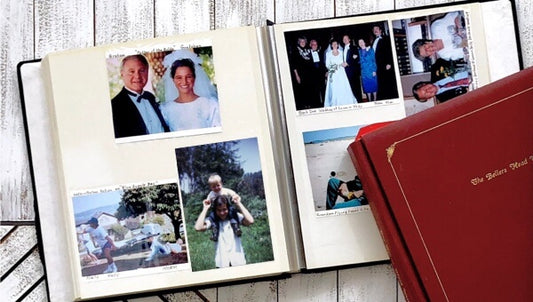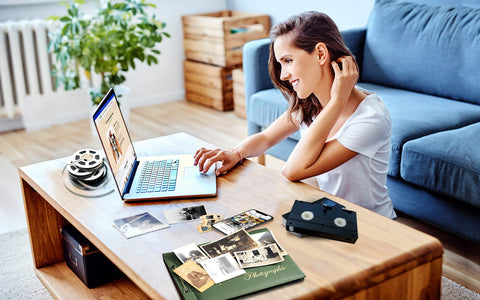The holidays are a great time to enjoy your digitized memories—old movies, photos, slides— together with friends and family. Hosting a watch party, whether it’s part of an existing celebration or a separate event entirely, can be big fun. Below are a few tips to make your event memorable—and easier.
Consider Your Audience
Who will be coming? Which memories would be most fun and meaningful for them to see? Are there kids or just adults? Do you want it to be interactive, with people sharing and talking throughout? Or would you prefer to have everyone sit and watch the memories through? This helps determine not just what you select, but also the length of time you should plan for. Less is almost always more. Whatever length of time you are planning for the actual memories, know that it’ll probably go longer as people reminisce, share stories, and pop up and down for food and drink.
Pro tip: Inviting the stars is always a winning formula. Highlighting memories that showcase the friends and family attending is a great way to amp up the fun—and get them sharing stories and laughs.
Set Yourself Up for Success

First, you’ll need a slideshow-building tool. With a ready “memory movie” all you need to do during your party is press “play”—and then sit back and enjoy yourself.
If you have a Mac, you can use iPhoto to create your slideshow. The software should have come preloaded on your machine. You can also build one using a free slideshow maker like Smilebox, Animoto, Adobe Spark, Slidely, or Movavi.
Google Photos is another option. Creating a memory slideshow is as easy as dragging and dropping photo and video files into a folder. Want to change up the order, add more, or choose background music? Easy. It’s also a great storage and editing tool. What’s more, Google Photos is free.
Consider a Theme

You can go theme-light or really do it up with a thematic blowout complete with decorations, food and drink, and even dress. It all comes down to personal preference, the date of the event, the memories you’ll be sharing, and your audience. Sometimes the memories themselves lend themselves to a theme, i.e., a historical time period, event, or city or country.





